Editor's note: It looks like we were sent two copies of the same segment. We are tracking down the missing piece of this and will get it up as soon as possible.
Earlier this spring, Denise Mann from the University of California-Los Angeles and I organized a panel of showrunners and other transmedia experts to speak at the Society for Cinema and Media Studies conference which was being hosted in our city. The industry participants were Carlton Cuse and Damon Lindelof from Lost, Tim Kring from Heroes, Javier Grillo-Marxuach from The Middleman and Day One, Kim Moses from Ghost Whisperer, and Mark Warshaw (The Alchemists) who developed online content for Smallville, Heroes, and Melrose Place.
We wanted to bring the smartest people we knew from the entertainment world face to face with leading film, television, and media researchers for a conversation about the future of entertainment. In some ways, this was a mini version of what we do with the Futures of Entertainment conference on the East Coast and the new Transmedia Hollywood conference on the West Coast.
Today, I am able to share with you the web-version of that program. Part of what is fascinating about this exchange is how much these producers of cult television shows are thinking and rethinking their relations with their audiences, trying to understand how to court and hold active and engaged consumers in an era of competing media options and multiple delivery platforms. The value of fan participation runs through this conversation.
SCMS presents: Transmedia Storytelling in the Digital Age from UCLA Film & TV on Vimeo.
SCMS presents: Transmedia Storytelling in the Digital Age Part 2 from UCLA Film & TV on Vimeo.
Below, I've included some transcribed highlights from the event. But so much is conveyed by the emotional tone and stylistic self-presentation of the various participations, which include the two head guys from Lost who had flown in just the day before from shooting the final episode in Hawaii. We didn't get any real spoilers but we did get to understand their thinking and sense the glow they had after finishing this key phase of their work.
Ironically, their shows have all ended. Heroes and Ghost Whisperer were canceled in the latest wave of network decisions and Day One never reached the air. Without knowing it, we captured a moment of transition in American television.
In a recent Variety article, you were quoted as saying that all of Lost's loose ends will not be wrapped up or answered in the series finale. Other sources are reporting that ABC is interested in keeping the Lost franchise alive after the finale. Are those two bits of news related? That is, does leaving loose ends have to do with sustaining a franchise beyond the series' completion?
CARLTON: Most of these things are very narrative driven for us and it's a hard thing to try to articulate specifically when we want the audience to understand that every small little niggling question will be impossible to answer watching the show. Our goals as storyteller were to tackle the big questions and try to bring the story to a satisfactory resolution. But if you're wondering who's the guy is, etc, you're not gonna get that answer in the series. The story we were telling in Lost, we planned to end on May 23rd, we have no plan to do any kind of sequel or spin off, anything. We set out to tell the story of the most significant thing that happened. Telling the story was our ability to negotiate with ABC in the 3rd season of the show. Now we're bringing the story that we plan to tell to a conclusion. Now that said, we've also acknowledged that we're not the owners of Lost. It is owned by the Walt Disney company and it is an incredibly valuable franchise. Worth billions as opposed to millions of dollars. And we completely understand that the Disney company will choose to continue to make money under the Lost franchise at some future point...
There's no way when you tell a story that you can tie up all the loose ends, there are many creative minds who'll come stories to ABC and propose to take Lost, using franchise label in the future, and that's great. The story we wanted to tell was that tv series and that ends in May.
The previous transmedia series you worked on--Smallville and Heroes--both had strong ties to the comic book realm--one directly from comic books, and the other owing a lot to the comic book tradition. Melrose Place is on the other side of the spectrum. Has the difference in genre affected where the online stories come from? Or do you find that teen soap lends itself as much to a transmedia story as the sci-fi fantasy genre?
MARK: It's definitely different. You have people who want to get immediately after online and play games. But that's part of why I jumped out of the Melrose Place thing, and we're doing other things kind of that side of the spectrum. If you look at the spectrum, all, at the core, it's about extending a narrative and dipping into the fandom. On a soap opera, there's tons of different worlds and relationships to dive deeper into. That's a really rich photogram for telling transmedia stories. So it was really fun to dive in there, instead of feeding people with the ways to get your light saver. This is fun to go into the most stylish person on Melrose Place's cast and go into her closet, and learn about stuff she had in her closet. Or the diaries, you can just dive deeper. These are just fertile places to make buckets to tell stories. It was a very fun challenge and I think that anything with a story has a good place to go in the transmedia world.
CBS is primarily known for an older demographic which, stereotypically, is not known for frequenting the web. Yet Ghost Whisperer has thrived beautifully both on the network and online. What did you do to make the series and its online components accessible and appealing to an audience that is normally not attracted to this type of content?
KIM: I think that first of all CBS demographics has changed in the last 5 years that we've been on the air. At first when we started with Friday night and Ghost Whisper, we made the announcement for CBS, my partner and I knew we had a math problem, which was 82% of all the shows that had been launched on a Friday night since the X Files which was 10 years prior had not gone to its second year. And before that we had run a show Profiler which was on a Saturday night, so we knew what the challenges were. And we had been working for about 4 years before Ghost Whisperer got ordered, and we were working at the intersection of the Internet had some amazing discoveries when we were doing Profiler, that we were able to continue on and then fold onto our experience with Ghost Whisperer. So what we did was that we created this thing called the "Total Engagement Experience", which is a model that Professor Jenkins and I have talked a while about....CBS had never done this before. We also felt that moving into the 21st century, that our obligation is just developing, pitching and selling tv shows and delivering the film was not the end of our obligation as executive producers and showrunners. Our commitment to any network and studios that we've worked for is...to deliver the audience as well. And I believe that going into the future of tv and feature films, everybody is gonna need to get on board with that, and figure out how to deliver an experience, as opposed to just something that you watch, because we are in the experience era. So when we had layered that out for CBS, and our approach, unlike the CBS at the time, was to go out and find our audience, and court them, and create a playground for them so that they could experience the Ghost Whisperer world rather than just watch. And then, bring them back to the tv show in a very gentle way, that became very successful. Because what we built was a very, very loyal audience, not just a substantial audience on a Friday night, but a loyal audience, which has... this whole thing has served as a model for us to moving forward in the business. And be in the 21st century. It's an important time to do it.
Many academics are describing a push in popular television towards more "complex narratives" (longer story arcs, greater seriality, larger ensemble casts, and so forth) and you represent some of the series which are most often held up as illustrating this turn. What factors do you see leading towards these developments? What obstacles have made it harder to shift television in this direction?
JAVIER: I think that part of the reason why shows are becoming more complicated and novelistic and all that is also the fragmentation of media. It's crucial in that. All of a sudden you have a venue like AMC which can put on a show like Mad Men. And you know, Mad Men is beloved, it's critically loaded, it's a fantastic show, but it only needs to hold onto an audience of about 2 to 3M people in order to make it or not, and then sell a bunch of DVDs and all that. So when you've got networks that are able to hold shows at lower margins, I think there's more room for experimentation. It's a fragment of the audience that watches Law & Order, but they're loyal and they'll watch the show, and that model keeps repeating itself. You'll get Battlestar Galactica, Breaking Bad... which are deeply serialized. And I think that the network follows suit on that. The network looks at those shows and says: "why don't we have a show like that" and they try to put those shows on the air as well. And then, you got a show like Lost that succeeds for having that kind of longitudinal storytelling and I think that there're a kind of chicken and the egg thing going on, but at the same time, the climate for that wouldn't exist if you didn't have a vastly fragmented media where more experimental shows are able to survive for longer periods of time.
TIM: The whole idea of the serialized show, I mean it hasn't caught on, in a way, Lost and Heroes and things like that seem to be paving the way for these... it's not really caught on cause there's this season so many procedurals are back in favor. And the whole model, one of the dirty little secrets of serialized tv is there's usually a attrition right. You've got a lot of people who come at the beginning and as it goes on, it gets harder and harder to watch, and harder and harder to stay fans of. The upside though is that you get a tremendous ability to have and hit big, you also have the ability to sell DVDs. It used to be that the rerun and the syndication would pay for most of the back ends, for 95% of the show, and this is now being sort of changed, almost exactly percentage wise to foreign sale and DVD sales. And that's where shows like Lost and Heroes do really well. Now that we're in a year round programming, we're reruns are no longer part of the normal network programming. These shows that run at 16 episodes become actually a viable way to program a season.
DAMON: I think that the key thing that a serialized show had going forward is... there's a "what's gonna happen next factor", that doesn't exist on Law & Order, CIS, or this idea that basically you watch Heroes on a Monday night or Lost on a Tuesday night, and it ends, and that's a serialized: what's gonna happen next? What do I do right now on Tuesday night, the show's over? I wanna go somewhere and I wanna find out water coolers that used to exist in my office and now that water cooler is your computer. You go to it, and you can find whatever community you want to, and you not only disassemble the episode that you just saw, what does it mean and the grand skim of the overall story that they're telling, and the overall world that I'm in, but now I'm gonna try to project, and in the case of Lost it's "let's figure out, let's come up with theories." In the case of Heroes, it's a little bit more of a cliff hanger scenario: what's gonna happen next? That idea was such taboo. Tim and I were working on a show called Crossing Jordan and from 2001 to 2004, and I come up with Carlton and both procedural shows / but the word serialized was such a dirty word, because re runs were disaster. And Alias was successful, so we asked ourselves what does Alias has that we don't have, and the answer is: a fandom, and a serialized storyline. You get activated. This idea that a serialized storyline invites the audience in. It basically says: "what do you think?" it's something that non serialized shows do not do. Law & Order doesn't care what you think. They don't! but the fact that Lost and Heroes seem to care, go and basically solicit the opinion of fans saying "what do you think", that can only happen I think on a show with a sort of serialized spine to it.
TIM: The serialized genre sort of lends itself to this social currency is your knowledge of the show. So that becomes what you trade on. If you're able to know one more thing than the guy next to you, you're slightly cooler than the guy next to you. So if you give the audience a chance to dive in deeply, there are always these people who will dive as deeply as you invite them in.
JAVIER: When I was a network executive in the mid 90s, one of the heads of research for NBC came and talk to us, and one of the things that he used to say is that "why is Stay By The Bell so successful?" when it is so hooky and so corny? And he said look: the audience is fragmented, into two very big pots: either there's 20% of your audience is A audience. This is the taste making audience, the audience that goes online, the audience that buys new clothing, the audience that does all of these stuffs. And there's your B audience, that is your audience who's content to go and watch a self contained show, have a laugh and then leave. And the funny thing was that some networks wanted to have A audience cause it would get that magazine cover, some people wanted the A audience, and NBC was going for the B audience at that time. And I think that there's a sweet spot which is sort of where Man Men is right now, with challenging serialized show, but they can have that audience and that's all they need. They don't have the pressure, which Lost had for its first 3 years. They're trying to get to that more mainstream audience without trying to alienate the one audience and I think that the success of Lost and Heroes is in a way, countered to that social wisdom.
The media industry talks often about the value of "audience engagement." And your series are often cited as having produced particularly engaged audiences. Can you describe the relationship you've created with your consumers and what value you place in their active participation around the franchise?
CARLTON: We very consciously try not to write the show outwardly but write the show inwardly. I mean we started basically this Lost just sitting around in my office every morning, we'd have breakfast and just talked about story [...] We stuck with that same methodology all the way through. We were working in the office until 11pm yesterday for the finale of the series, and we've kind of kept that same protocol. Now the advent of the Internet has provoked profound differences of what you can do as a storyteller. I mean for us, we were actually kind of building Lost and at the beginning, one of the things that we found ourselves doing was that breaking a lot of fundamental rules of television, which was: we had a large cast, a sprawling complex narrative, and we infused that narrative a lot of intentional ambiguity. I think we were influenced in a certain way by European filmmaking; this idea that we'd give a chance to make up their mind about certain narrative aspects of the show and it get the audience talking about the show really evoked a sense of discussion and the Internet became a place where people gathered. I remember actually when Javier and I went to this fan event at the Hollywood renaissance hotel the first year, and there were these people who'd flown from all over the world, who were kind of happy to see us, but they were more happy to see each other. They had created an online community. Lost was the catalyst for that community, but the community transcended the show very quickly and there were people who got married, there were relationships that were formed, it was a way of sort of finding a shared interest, but that shared interest ultimately was transcended by the relationships between all these people, and there was all the people from the Fuselage who were basically all meeting each other for the first time. That was really an interesting experience to see that, and I think that over time, we have used the Internet as a way to gage what the responses to the show. Usually we're so far ahead, it doesn't influence the storytelling. Now of course we're done pretty much with the writing of the show, so any surprising responses now, the ship has sort of sailed... The other sort of example we cite al the time is Nicky and Paula. The fans were clambering and saying: what about those other people, there's always those other people on the beach. We see them, they never talk, who are they? So we were actually influenced by the audience to make a narrative decision that actually backfired. So we actually said, "well okay, " [ laughs ]. We started to write those two characters and it felt wrong, but people wanted it, and then, we realized it was kind of a disaster. And then we decided to burry them alive. And the audience was in that same cycle, but they were behind us. We came to that realization week by week, and then the audience was sort of reacting because they were seeing episodes, it was like looking at life from a distance star, when the event had already occurred. But it was something we did because of the fans and then they hated these characters and then they were happy when we killed them, and they thought it was their doing.
TIM: It's an amazing process when you're in this loop with the fandom. As the writer's room, you often emulate, or you basically mirror the fan base. When you start to feel you've gone too far with the story line or not gone far enough, and the characters are working for you, sure enough, it sort of mirrors the same reaction that the fans have except we're still three or more months ahead when... so, you often want to say to people "wait, and see: we're getting exactly to the place where you are" and this whole idea of how to communicate with the fans... it's very interesting. When Damon and I did Crossing Jordan, there was this "one way street" that you had. You pushed the narrative out in the world and two or three months later people saw it, and if people liked it they sort of voted with their Nielsen box.
CARLTON:You got a Nielsen number, that was the entirety of your feedback.
TIM: Yeah, that was it. So the feedback loop was really a one way street. Then the Internet created this two way street where you immediately had an obligation to the fans who were connected to the show. And all of the transmedia components of the show become that part of the show that allows them to have a more immediate feedback.
JAVIER: yeah but the thing is that no matter how mediated you are, and how much of a two way street of communication you have, you're inviolate right as a storyteller, is the right to hold on to your ability to give the audience what it needs rather than what it wants and to be the judge of that, right or wrong! And I think that especially in the early days of the internet, it became very porous, because there was an oversize reaction to Internet reaction to shows. And then you realize: wait a minute, this is still an audience of 10,000 people who read Television Without Pity, and maybe 20 who post on the board. So I think that we're kind of cycling back to a place where storytellers were less likely to be swayed cause we have a better understanding of what that audience is and what our rights as storytellers need to be.
DAMON: There's this incredible Catch 22 that exists, exactly on the point that everybody is talking. And I'm sure you experienced it too, which is: the question that Carlton and I get asked by far, above any other mythological question on the show is: are you making it up as you go along? People ask us that question, they want the answer to be "absolutely not". We have a big binder, we open it up, we go "hop", we're completely functioning by our plans. However, then they also say to us: "do you guys ever go on the boards and listen to what the fans have to say?" and they want the answer to that question to be "yes, absolutely". Now these two things are in direct opposition to each other. Because, unless the fans are saying exactly what's in the binder, which of course, they wouldn't be, so they want us to be making it up as we go along, they just don't want us to admit to it. And they want us to listen to their feedback, ... we're all in the gladiator arena: they're there, and they're giving us the thumb up or down. They want the gladiator to look to them to decide who lives and who dies. And when we kill characters which are popular, they get angry at us, and when we kill characters which are unpopular, they cheer us. And that's the game.
KIM: Last year season 4, we killed Millie's husband and there was a huge push back from the audience. The thing that's valuable for us on the Internet is we're all subjected to testing. Even if you're in your 4th or 5th year, they're still testing the show, and the network and studios are giving you numbers and responses. The testing group is not that big. On the Internet, it's a very, very democratic voice. And that's really exciting. It can be dangerous at time, but I mean (we got death threats, ...) but it's also exhilarating where you're taking your show. And so, I would say, had we done this 10 years ago, when the Internet wasn't what it is today, I don't know what would have happened to our show. But because we did it, we knew that there was gonna be push back, but we also had a plan for it. We were able to go on the Internet and court the audience, and explain to them that there was more coming and that he was going to be a ghost... and it was a great experience. And CBS called us at one point and said "what are you guys doing over there, you're affecting all of our websites, it's because your fans have taking everything over". As you guys know, that happens. And that was very exciting for us. But it is very valuable. Even if you don't act on what you're getting, it's valuable to take the pulse yourself rather than have it filtered through different kinds of agendas.
The television industry is struggling with the reality that consumers are pursuing the content they want through means other than broadcast television - both legally through iTunes, Hulu, and other such sites, and illegally through Bittorrents. How does this reality impact the way you approach your series? One recent study, for example, found that many television series, including several represented on this panel, were watched by more people illegally than legally.
CARLTON: The Internet has kind of changed the world of distribution internationally. So now Lost has moved closed to a day and day model that's basically what's happened to the theatrical film business, to avoid piracy and to capitalize on sorts of marketing campaigns that aren't just now national but international.... TV used to be sort of a gentlemany business where you'd open the show here, and then a foreign buyer would come over and they'd look and they'd watch, and they'd see how it'd do. And then months, sometimes years later, the show would actually run there. Now, because of how the world has shrunk because of the Internet things have gone much more day and day. So we've actually changed.... So this year... each episode of the show has to be done 5 days earlier in order for it to be sent all around the world....One of things that's come up in China too is that there was a race amongst pirates in China to dub the latest issue of Lost. And they were telling me that within 48 hours of the broadcast on NBC, there would be fully dubbed versions of that episode of Lost on Chinese websites. And I was like: these guys are doing it for free! You guys are professional dubbers, why is it taking you 3 months to dub a show? And it was hard to argue with that. So they've actually really shrunk the window of time, and we're on a couple of days later on the English speaking territories, and really the window in terms of dub territory is going down. The studios are doing this for two reasons: one is primarily policy, but secondly, the ability to sort of capitalize on global marketing initiatives which reconnected these ARGs. All the ARGs that we've done have been done in constant with international broadcast partners. Around the world it contributed money and resources to these Internet things. And actually the Internet component of Lost has significantly impacted the actual way in which the show itself ended up being distributed.
TIM: The interesting thing is that the networks, are in a sense, they shoot themselves in the foot a little bit by driving these audience towards these alternate platforms. Heroes, we show commercials where we promote coming to the website, to NBC.com, coming there to be able to watch the show online with extra content and commentary etc. so we're actually incentivizing the audience to go to these different platforms and the fact that you can watch the show on your DVR where you want it and when you want it, without commercials, or watch online with commentary or content, we are incentivizing this audience to go and find another places. Heroes was the number 1 downloaded show last year, Lost right there with it. And the general attitude of the networks towards this massive audience that's out there has been to stand on the sideline and heckle these people when, in fact, these are people who actively sought these shows out. They went some place and actively pirated the show. These are fans that should be embraced, and, somehow, figured out how to monetize. An interesting thing would be product placement as a way to sort of create favor with the network. The interesting thing about that is that when we do a Nissan product placement in the show, those 55 million people who download our show illegally are all getting a Nissan commercial. So in some way that may be the solution there.
JAVIER: Activity creates fertility--especially when you're dealing with a niche show like The Middleman. If people are downloading it illegally in China...my God, please do! Because, ultimately, what I find is that, the more people talk about the show, the more other people will end up buying the DVD. Eventually, anybody who looks at a pirated copy will tell somebody to buy the T-shirt or the DVD or the keychain, and the money will come back to us. I mean that's something...I'd rather have the show I work on be seen, and, frankly, given the way that the studios have dealt with the royalty compensation for writers on alternative platforms...I'm so sorry about your pirating problem, really!


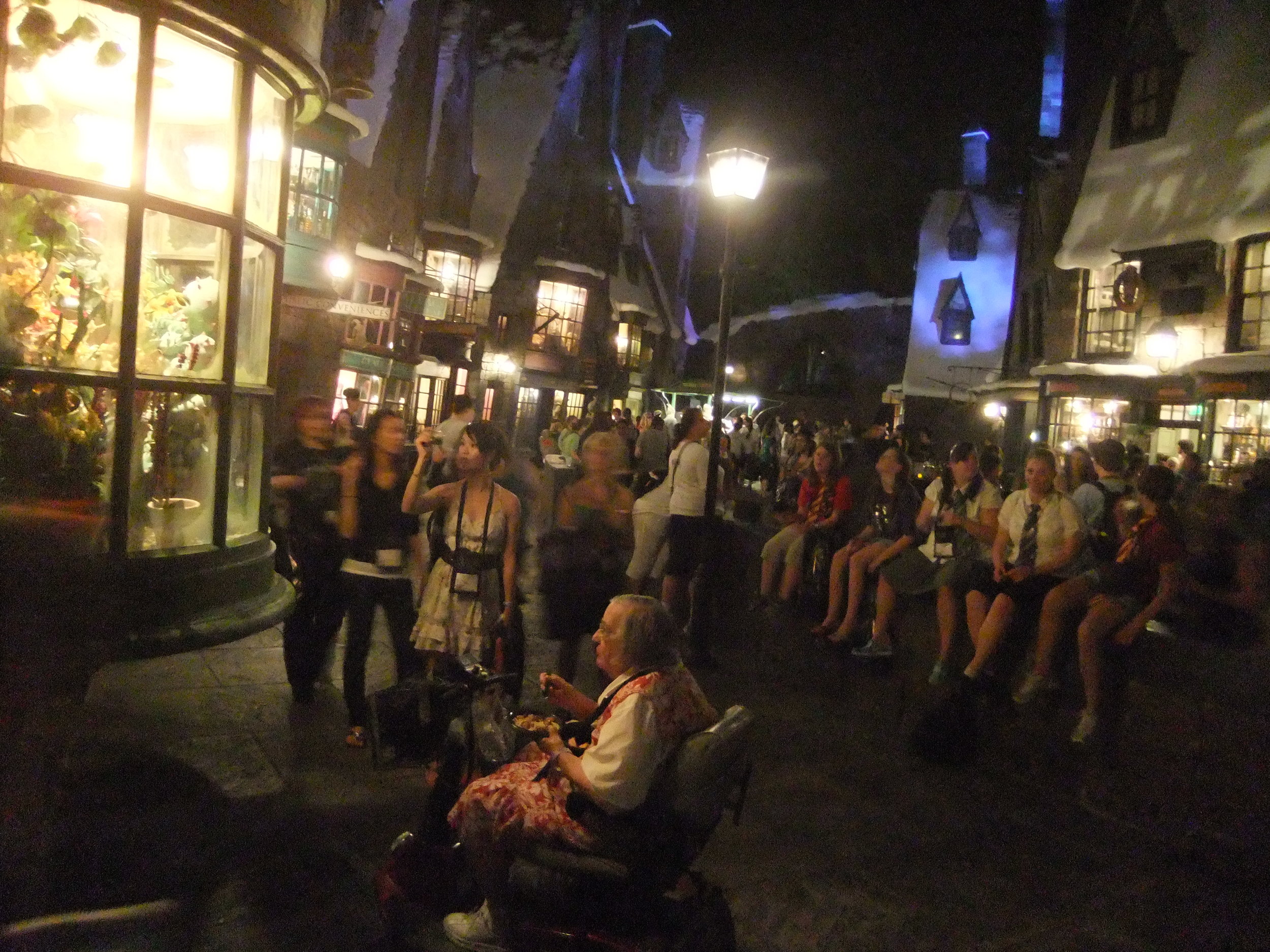
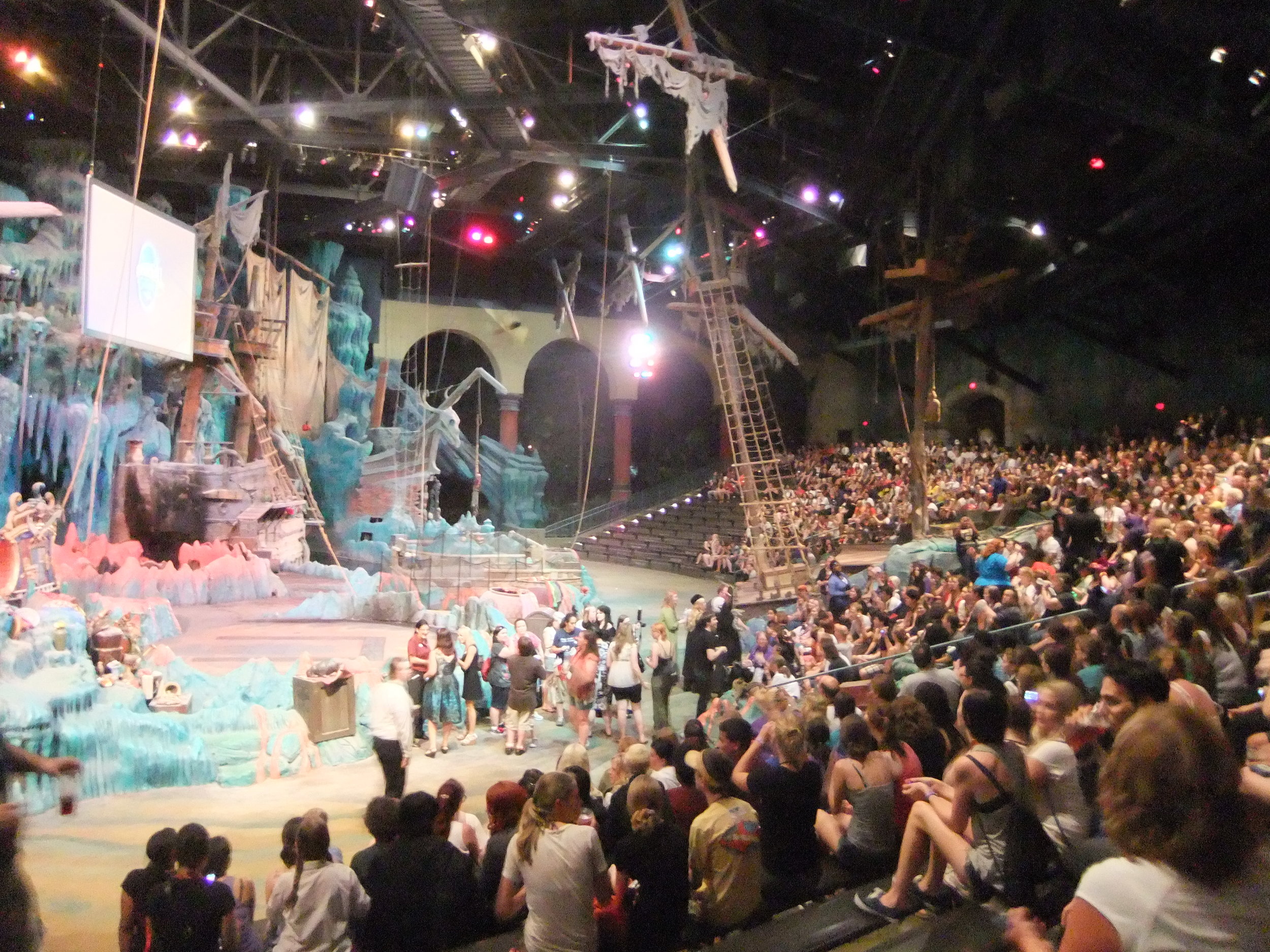
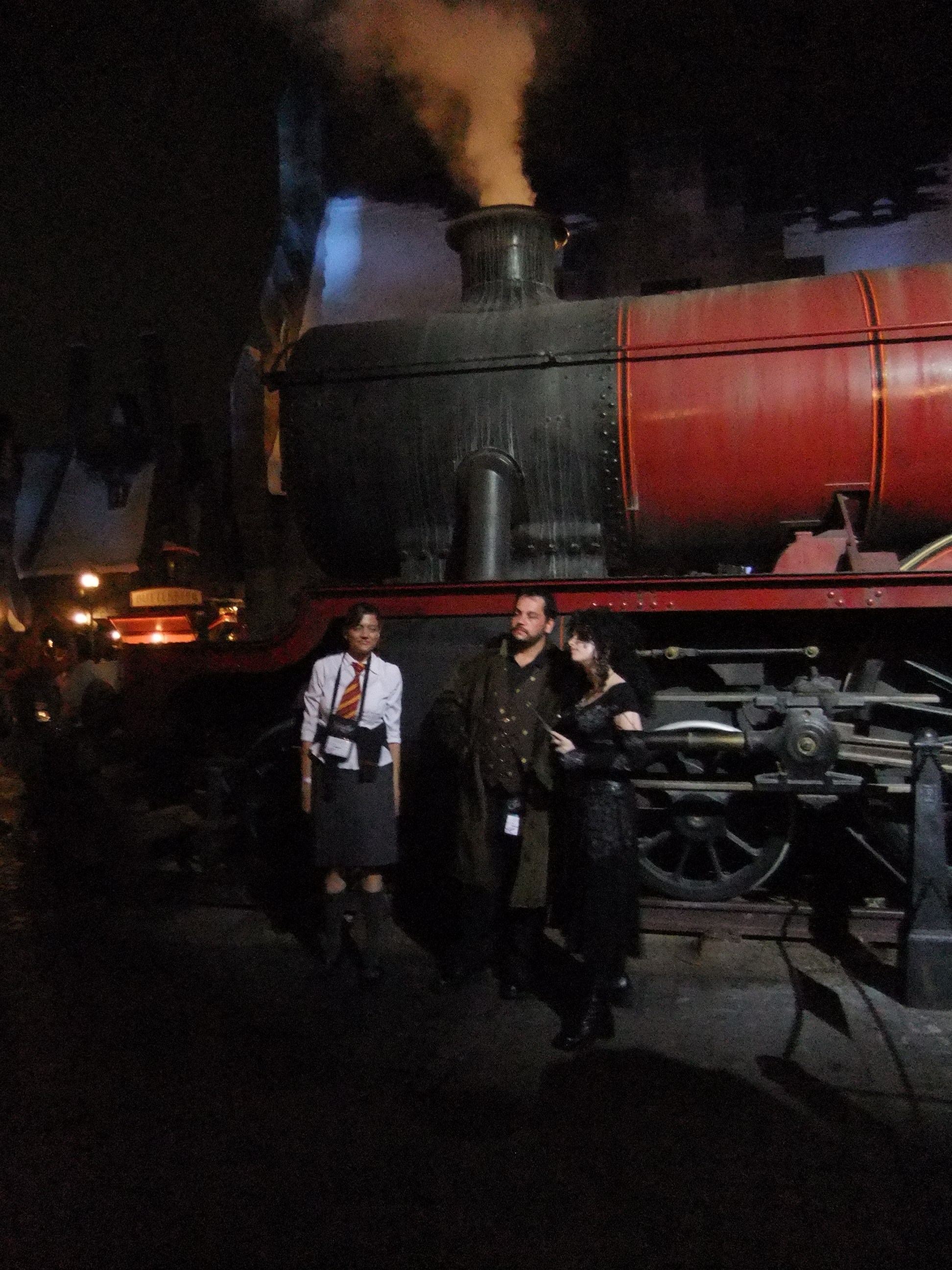
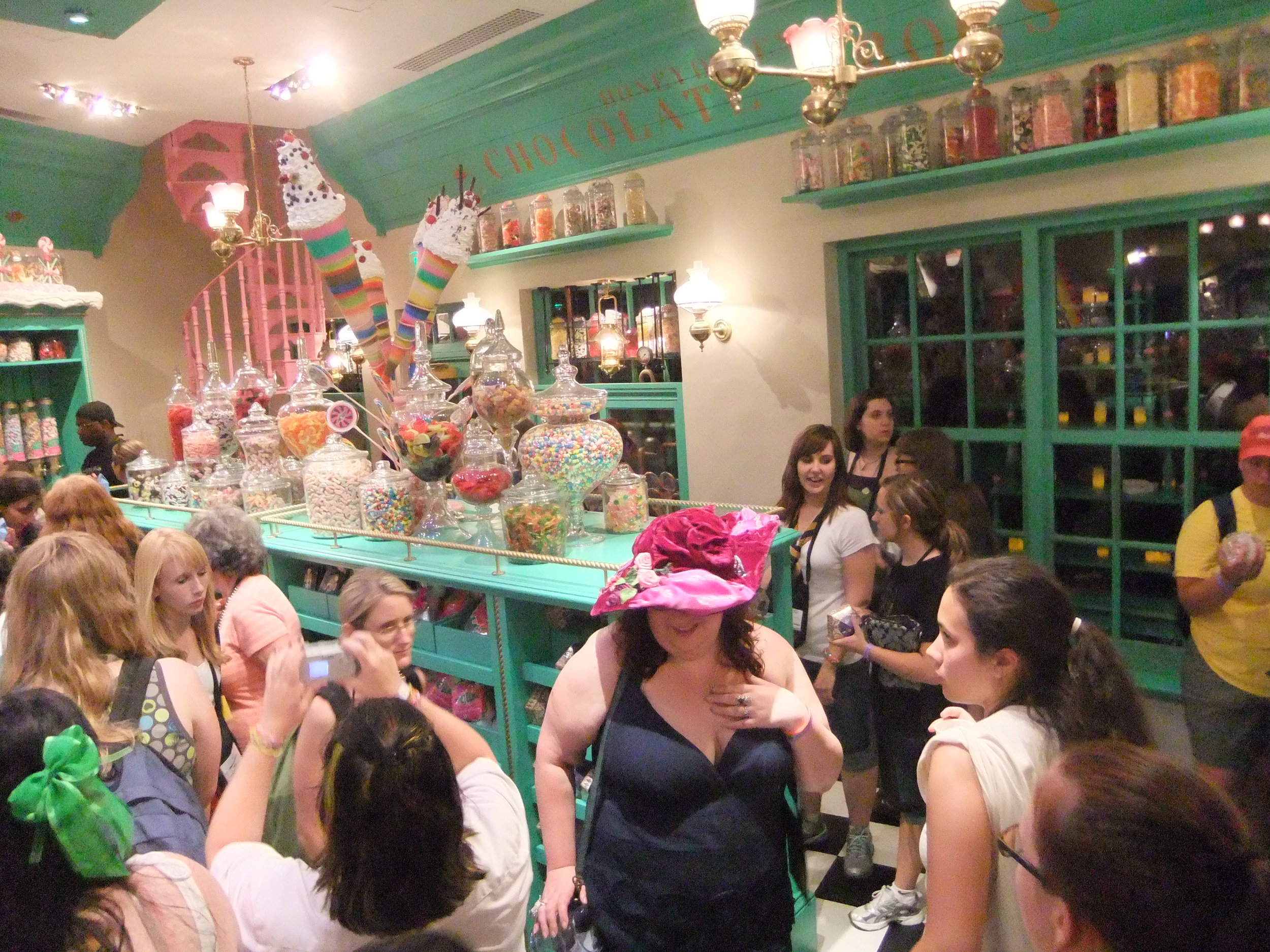
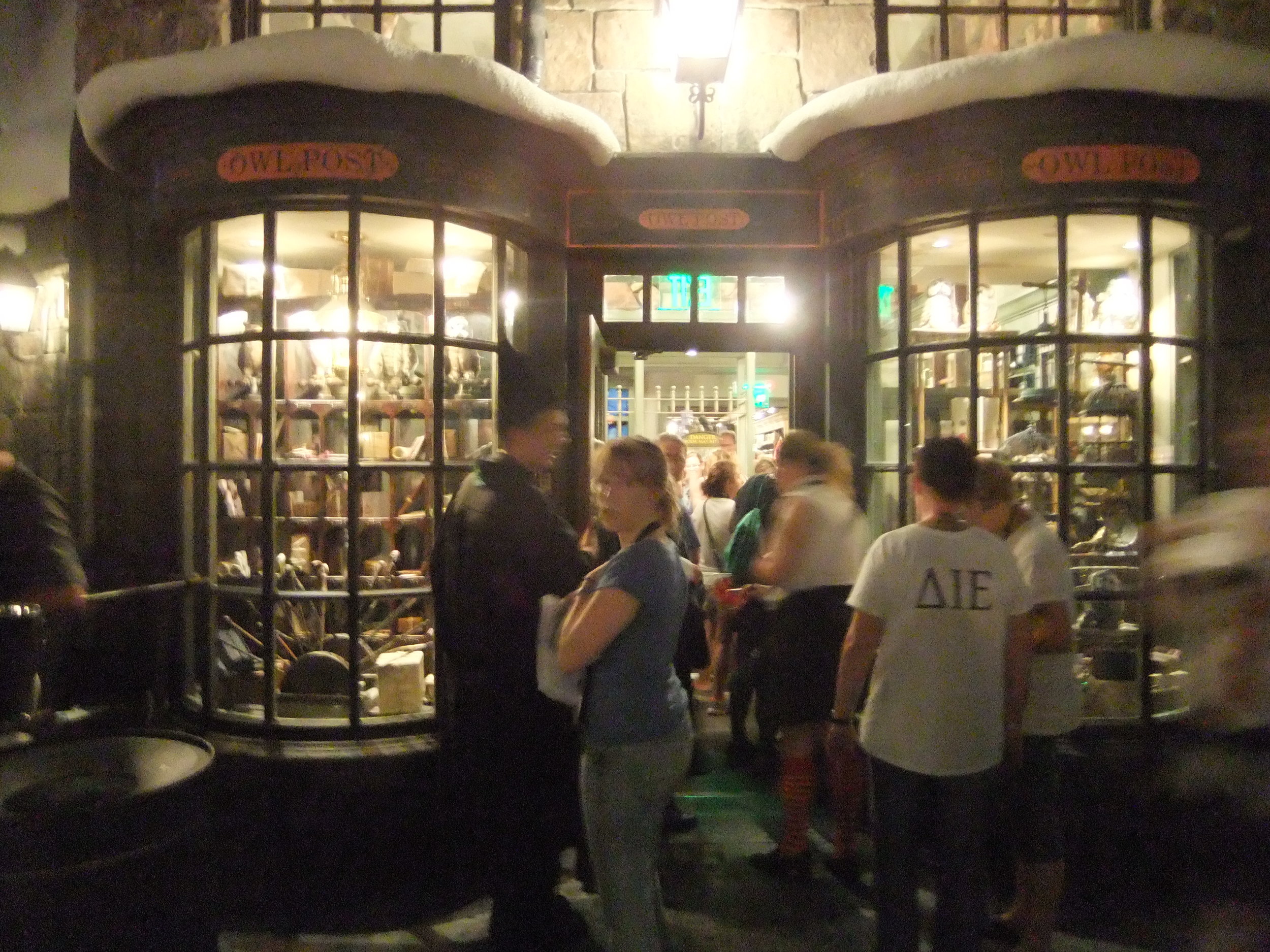
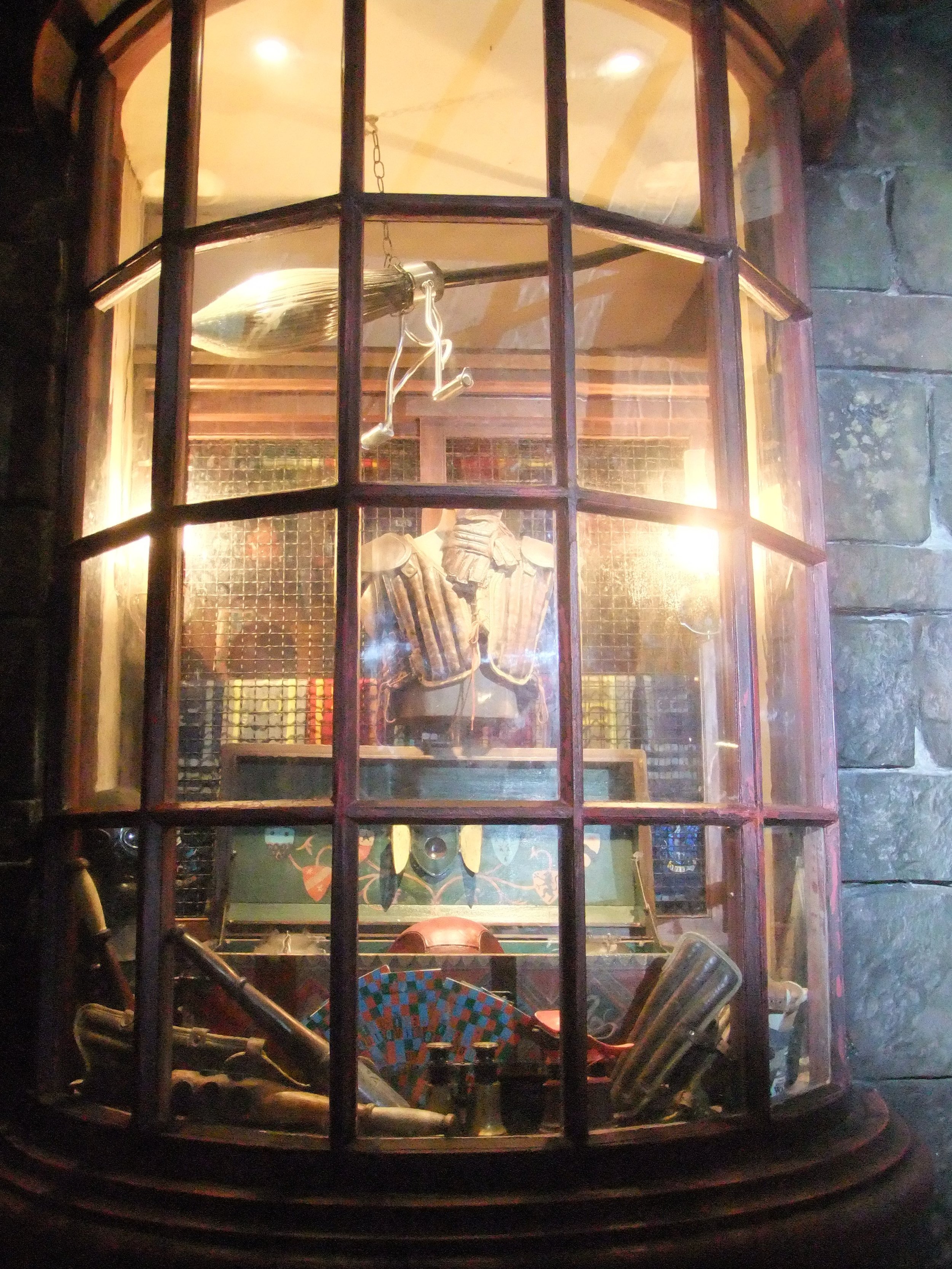
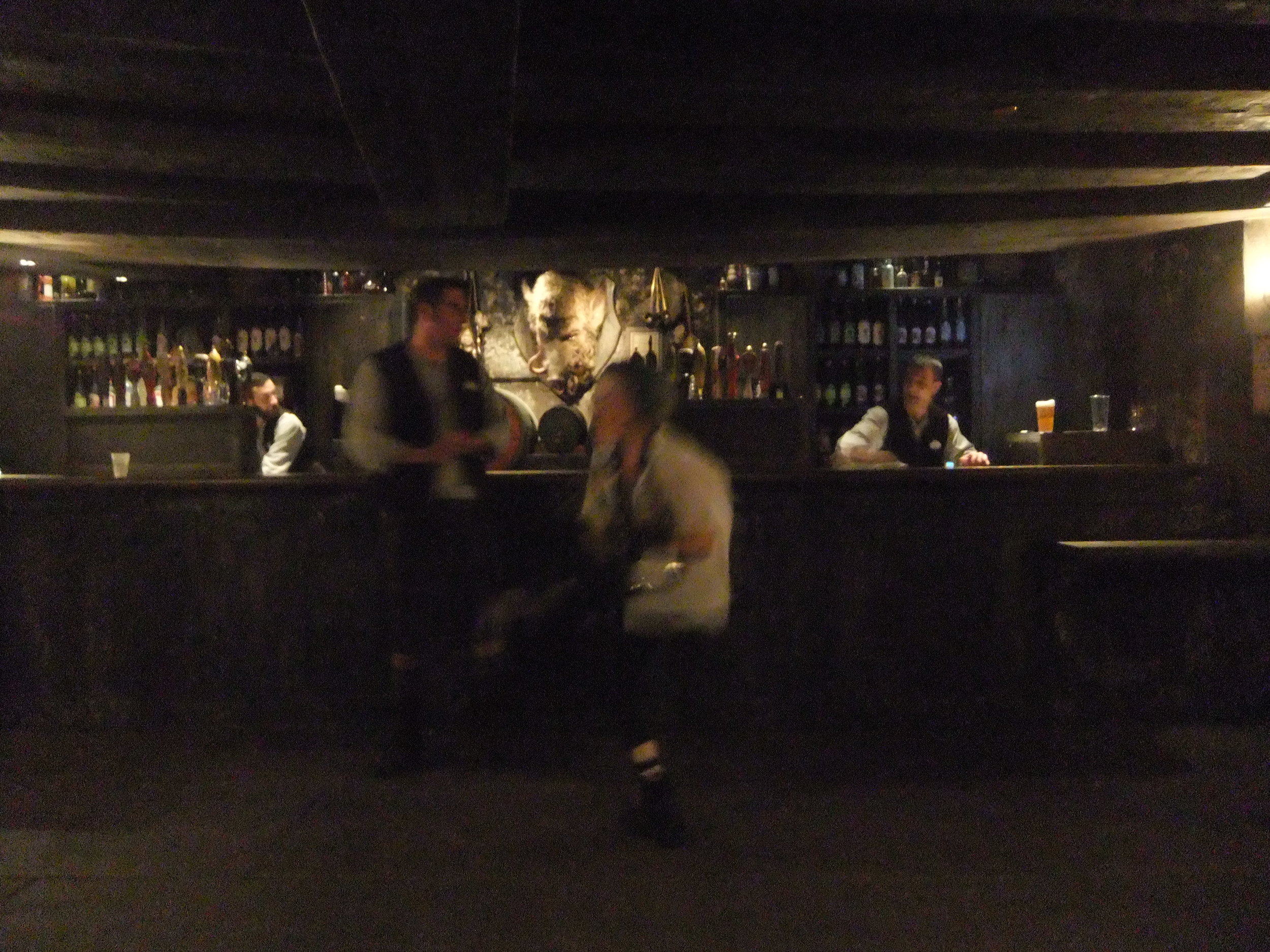

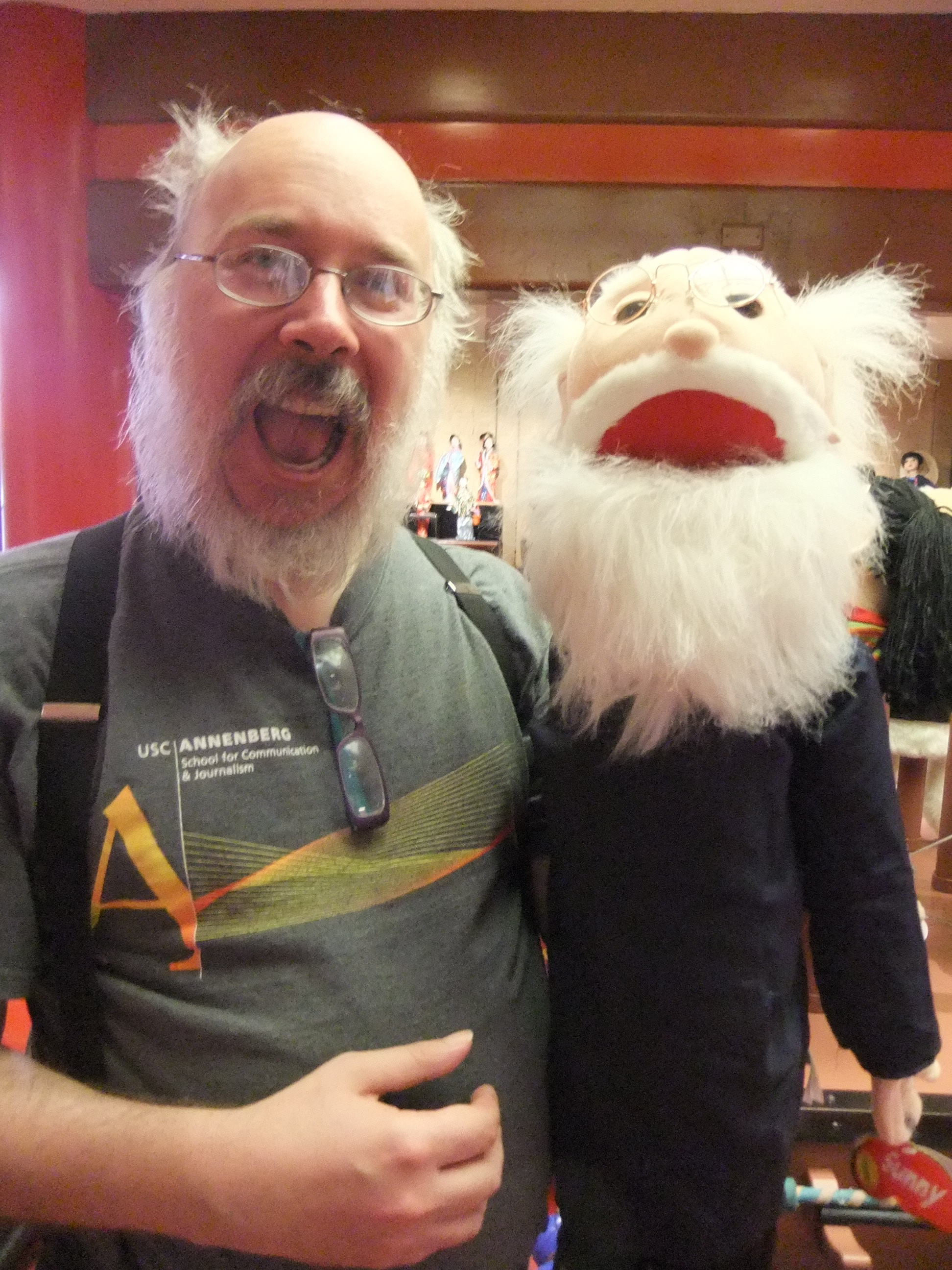
![Reblog this post [with Zemanta]](http://img.zemanta.com/reblog_e.png?x-id=109ac4a3-ec52-4124-b22b-1e772f3950af)

![Reblog this post [with Zemanta]](http://img.zemanta.com/reblog_e.png?x-id=a2e73b8f-51f5-4468-a552-9dd401ea0e5b)
![Reblog this post [with Zemanta]](http://img.zemanta.com/reblog_e.png?x-id=82cb69f7-6002-4ea7-862f-0c124d91bfdc)
![Reblog this post [with Zemanta]](http://img.zemanta.com/reblog_e.png?x-id=187d27f6-9699-4465-927b-26ee694655f2)
![Reblog this post [with Zemanta]](http://img.zemanta.com/reblog_e.png?x-id=831538e2-b9a8-4ae0-8fb8-a42f2c766d03)
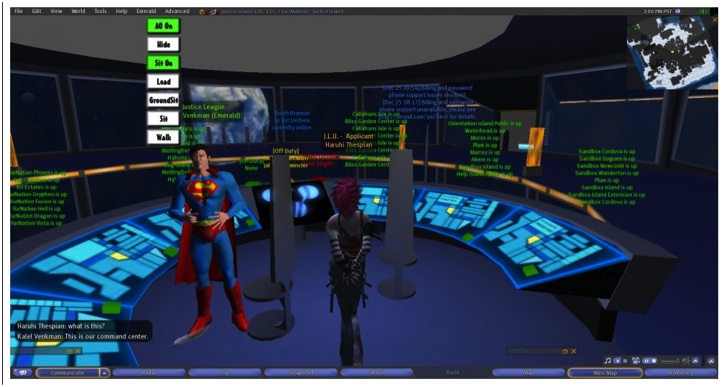
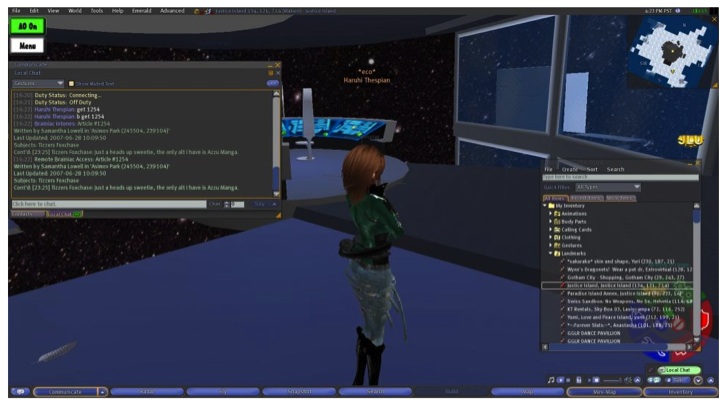

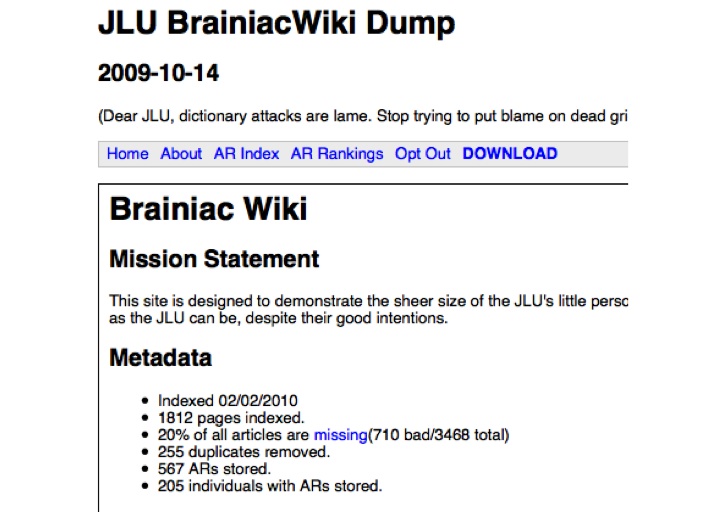

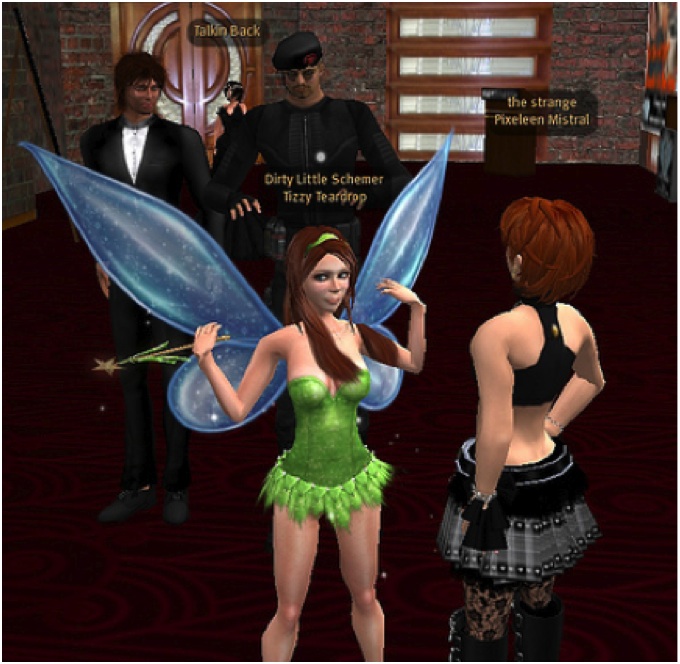
![Reblog this post [with Zemanta]](http://img.zemanta.com/reblog_e.png?x-id=185a3a03-6241-46e9-8e94-94f87355ac95)
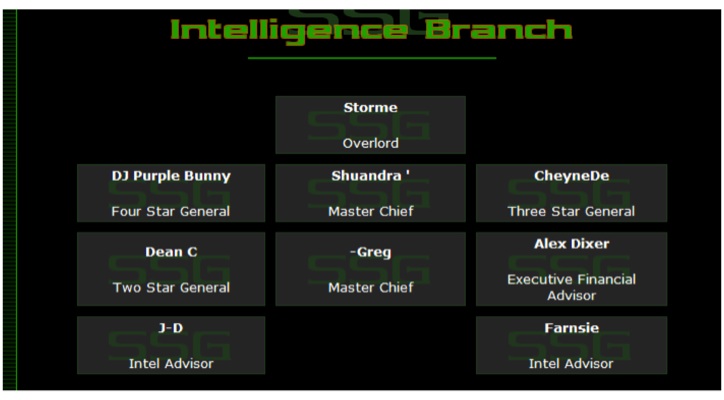
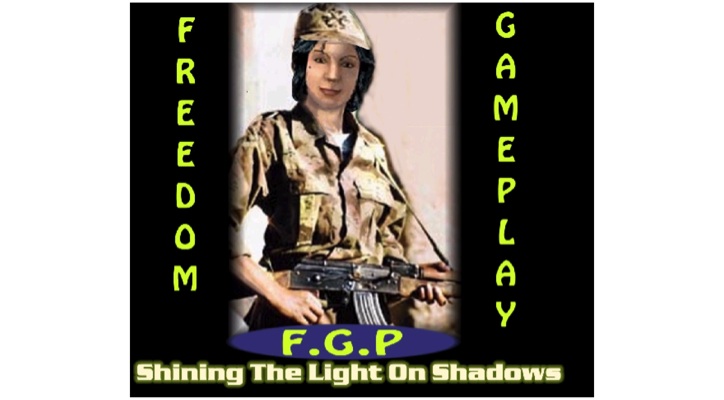
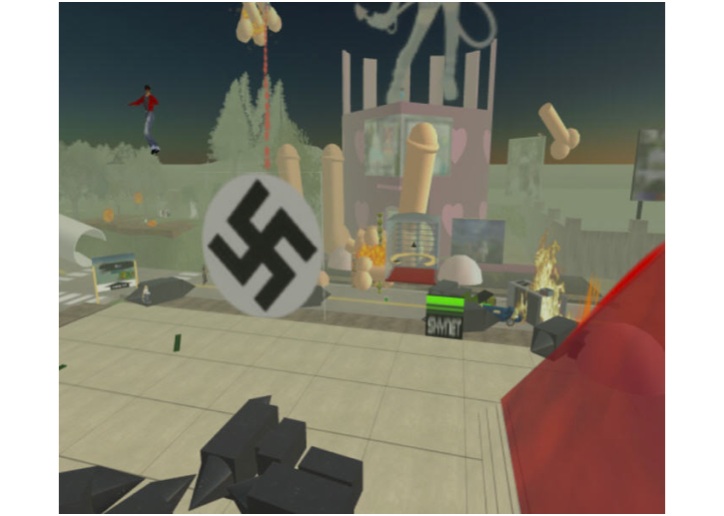

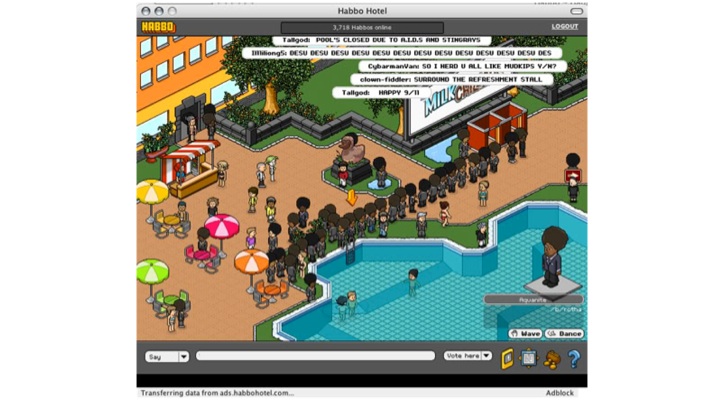
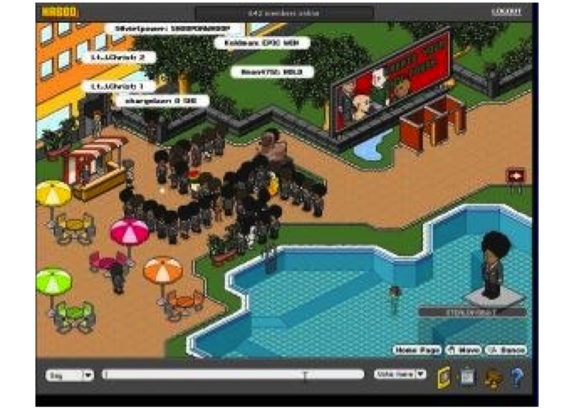
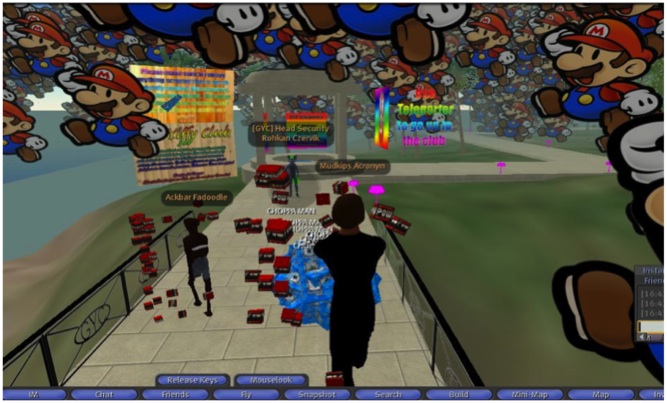
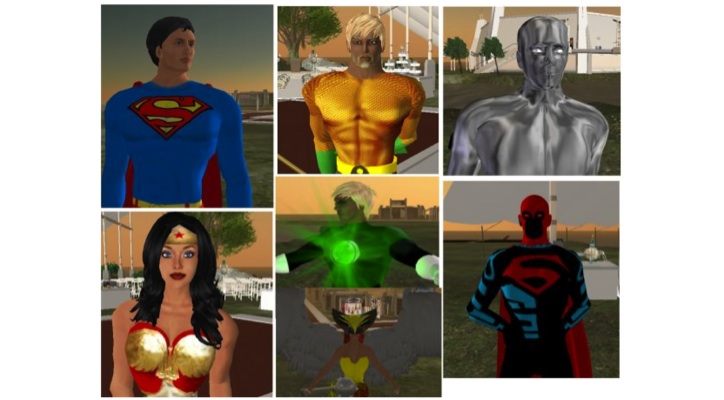
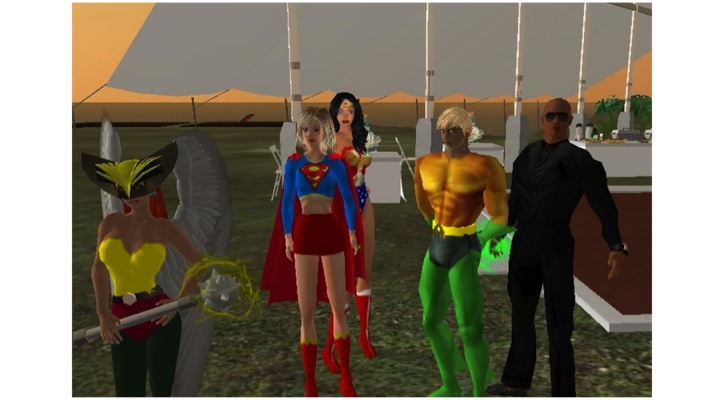

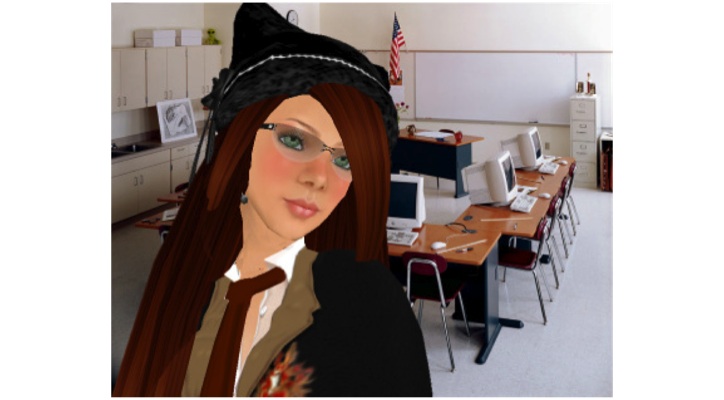
![Reblog this post [with Zemanta]](http://img.zemanta.com/reblog_e.png?x-id=6fd8f73b-d54f-4ef7-a896-4ffeb2a19c56)
![Reblog this post [with Zemanta]](http://img.zemanta.com/reblog_e.png?x-id=740a4070-74a1-4660-aab4-75a575e1dc7d)

![Reblog this post [with Zemanta]](http://img.zemanta.com/reblog_e.png?x-id=e3038901-49a5-4647-98fc-a7e6255949ea)